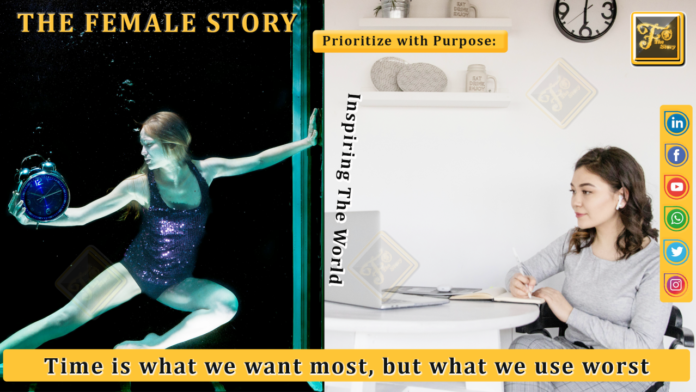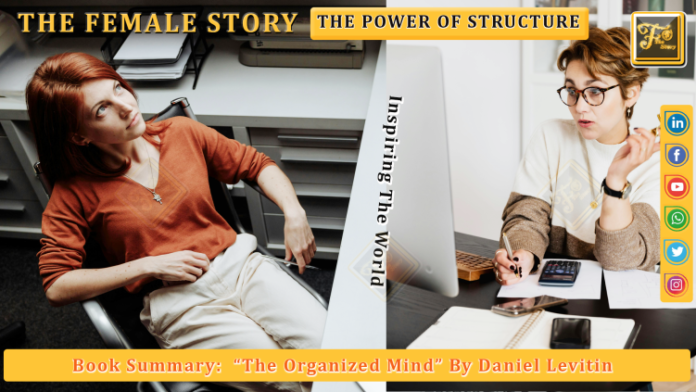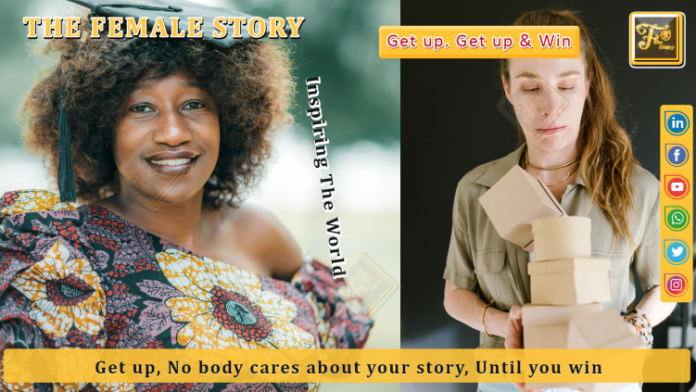Hey everyone! Today, we are diving into a topic that’s sparked endless debates in our professional circles: ‘Reading books versus listening to audiobooks — which one is more beneficial and why?
Now, I know, we all lead busy lives, sometimes making it hard to carve out time to sit down with a book. But as someone who is passionate about growth and learning, I believe both methods hold unique advantages. So, let’s break it down!
Reading Books
First, let’s talk about reading books. I’ve always loved the feel of pages between my fingers and the smell of a fresh book. There’s something so tangible about reading that makes the experience deeply personal and engaging.
1. Deep Concentration:
When I read a book, I can immerse myself in it. I’m not just glancing at words; I’m crafting visuals in my mind, diving into characters’ emotions and picking up nuances in the writing style. This level of concentration enhances comprehension and retention. In fact, studies show that physical reading can improve memory and critical thinking skills.
2. Controlled Pace:
And there’s something about choosing my own pace. I can re-read a passage if I need to digest it or skip ahead if I’m already familiar with it. This control allows me to dictate how I absorb information.
3. No Distractions:
Reading a book often means I’m fully present, free from the notifications and interruptions that typically come with smartphones and other devices. This focused environment fosters a deeper connection to what I’m learning.
Audiobooks
Now, let’s shift gears to audiobooks. As much as I love the feel of a traditional book, I have to admit, audiobooks have revolutionized how I consume information during those busy stretches of my day.
1. Multitasking:
One of the biggest benefits for me has been the ability to multitask. Whether I’m commuting, exercising, or doing chores around the house, I can still immerse myself in a good book. It’s a great way to maximize time without sacrificing personal development.
2. Accessibility:
Audiobooks are fantastic for those who may struggle with traditional reading. They give access to literature, knowledge, and stories to a wider audience, including those with visual impairments or reading difficulties. Plus, they can be a literal lifesaver for busy professionals.
3. Engaging Narration:
Let’s not forget the power of a good narrator! An engaging voice can bring characters to life and can even enhance understanding through tone and emphasis. I’ve often found that listening to a compelling audiobook can leave a lasting impression even when compared to reading the text.
Now, the ultimate question: which is more beneficial? Honestly, it depends on individual preferences, learning styles and lifestyles.
If you’re someone who thrives on engagement and enjoys the physical act of reading, picking up a book might be the way to go. However, if you’re always on the move and want to learn while you live your life, audiobooks can be the perfect fit.
In a perfect world, I believe it’s not about choosing one over the other, but rather finding a balance of both. I often switch between the two depending on my schedule. Reading can provide depth and insight, while listening can offer flexibility and convenience.
So, I challenge you today: Evaluate your own habits. Ask yourself, ‘How am I consuming knowledge?’ Then, find a blend that works for you.
Let’s embrace the power of both worlds and make our journeys of learning more enriching together!
If you enjoyed this discussion, feel free to share your thoughts in the comments below! Are you team reading or team audiobooks? I’d love to hear your experiences. Until next time, keep learning, keep growing!











